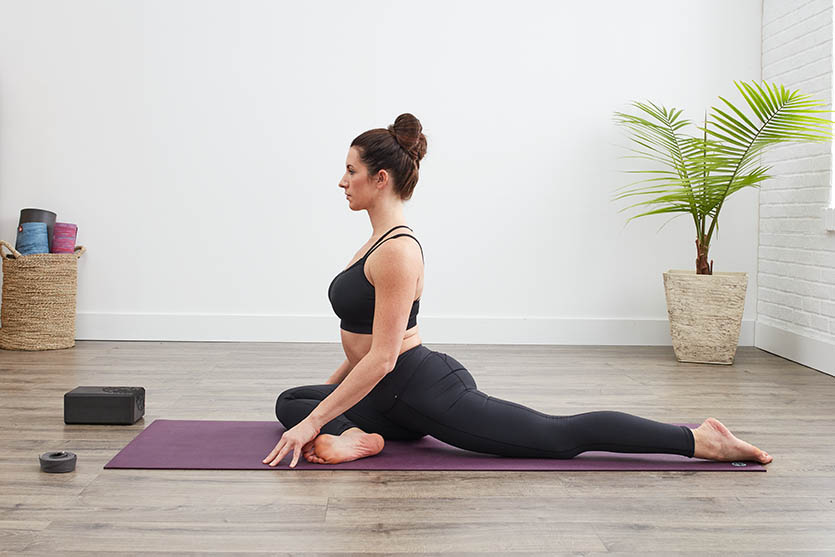
The best online fitness resource you'll ever need. We filter out the BS to ensure you meet your health and fitness goals!

The best online fitness resource you'll ever need. We filter out the BS to ensure you meet your health and fitness goals!

Your hips are ball and socket joints, both designed to have a full 360-degree range of motion (ROM). Without this ROM, mobility will be impaired.
This can lead to a loss of performance in the gym, an increase in hip and back discomfort or pain, and a loss of autonomy as you become unable to manage everyday tasks though lack of mobility.
If your hips aren’t able to perform to a ROM, you will suffer with some mobility issues. This can be bad in itself as it can impair your ability to move. However, more often than not it’s the knock-on effects of hip mobility that both show up as symptoms earlier and cause the most antagonism over time.
Without full ROM in your hips, your body will have to make some compensatory manoeuvres as you walk, run or others move. The stress caused by these compensatory manoeuvres will build up over time, as repetitions become ingrained habit and years pass by. This stress can have some quite destructive effects, including chronic back pain.
Tight hip flexor muscles and poor hip ROM can impact several other areas of your body, so you might have:
Fortunately, there is quite a lot you can do to create and maintain a healthy ROM through your hips. Below, we have included a list of hip mobility exercises that you perform on a regular basis to help you achieve this.
Flexibility through the ball and socket joints of your hips is key. It will allow you to maintain healthy functioning through your lower body, will avoid any of the symptoms of stiff hips, and will allow you to perform better in the gym.
These three simple stretch and mobility exercises will be all you need. Perform them every few days.
Anyone familiar with yoga will likely know pigeon pose. We’re looking at a slight variation of the classic form, here, though if you prefer the original, by all means use it. This version is called the 90/90 stretch and it works full internal and external rotation through both hips. To perform it:
Squatting deeply is one of the best things you can do to maintain long term hip health and mobility. However, if you have pre-existing hip mobility issues, freestanding squats may be hard, especially to depth. Use a counter balance to help you as you explore a fuller range of motion. We’re using TRX bands, but a racked barbell at hip height, a set of gymnastics rings or even the edge of a table can work just as well.
To perform the TRX squat stretch:
You can use the TRX squat stretch either more generally, or as a warm up on a squatting/lower body day at the gym.
Cossack squats are great for opening up the hips, improving mobility and ROM, for stretching the groin, and for strengthening the legs, especially the inner thighs. To perform them:
Use Cossack stretches as a strength building exercise in their own right, as part of your mobility drill, or as a warmup before heavier squats or leg work.